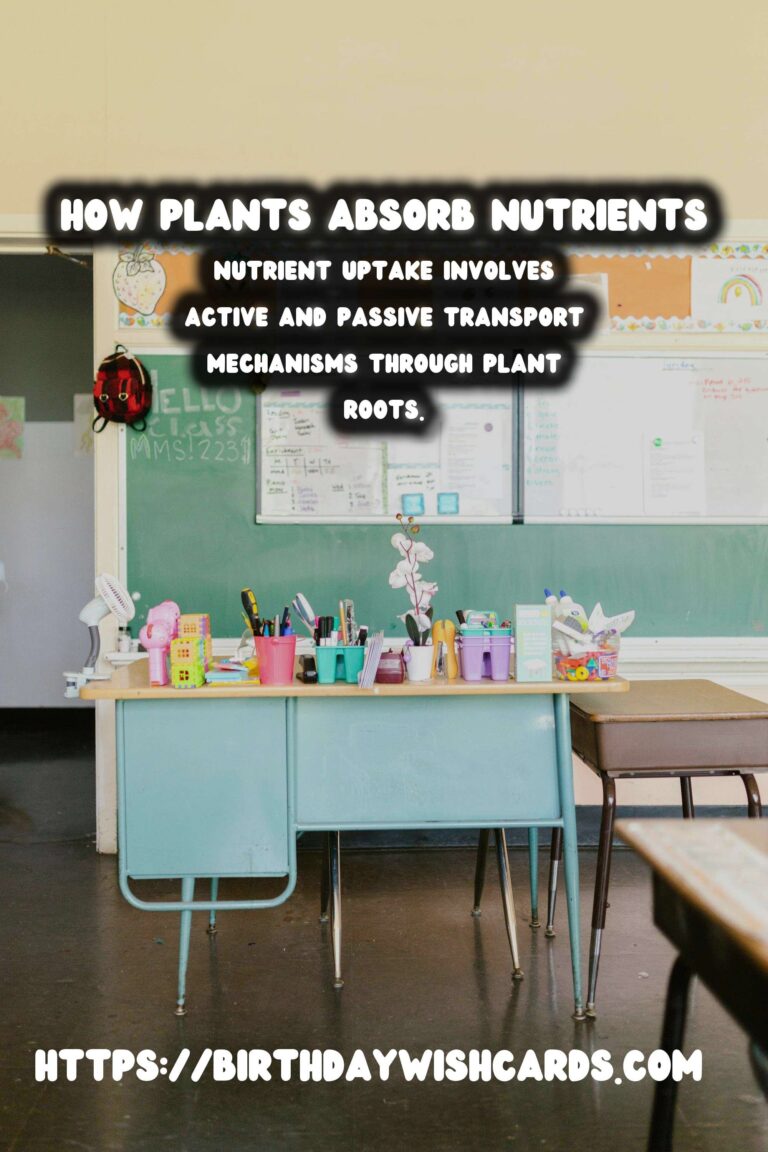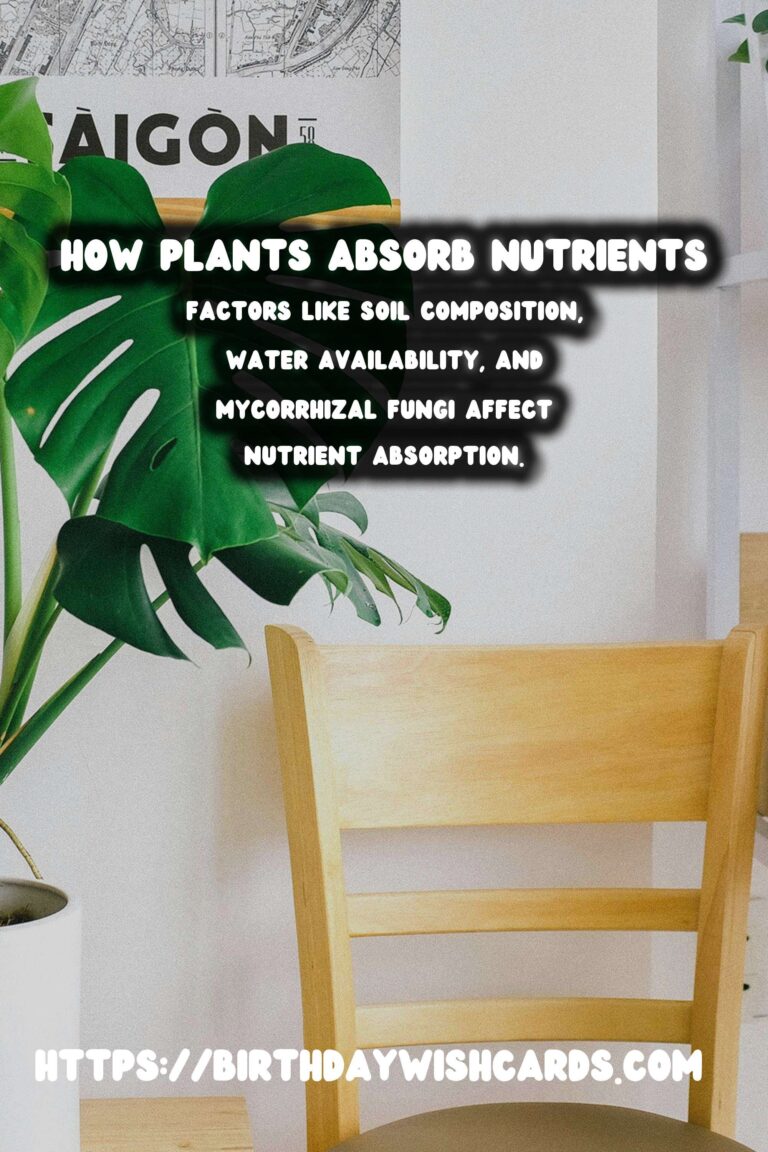
Plant nutrition is a crucial aspect of botany and agriculture. Plants, unlike animals, produce their food through photosynthesis, a process that requires light, water, carbon dioxide, and a variety of nutrients. Understanding how plants absorb these nutrients is essential for optimizing growth and improving agricultural yields.
What Are Plant Nutrients?
Plant nutrients are chemical elements that are essential for plant growth and development. They are typically divided into macronutrients and micronutrients. Macronutrients are required in larger quantities and include nitrogen (N), phosphorus (P), and potassium (K), often referred to as NPK. Micronutrients, needed in smaller quantities, include elements like iron, manganese, zinc, and copper.
The Role of Soil in Nutrient Absorption
Soil is the primary medium through which plants obtain nutrients. It is composed of minerals, organic matter, and microorganisms that contribute to nutrient availability. The soil’s pH, texture, and structure influence how nutrients are absorbed by plant roots. A balanced soil pH ensures that nutrients are in a form that plants can easily absorb.
Root System and Nutrient Uptake
The root system of a plant is integral to nutrient uptake. Roots absorb water and nutrients from the soil through root hairs, which increase the surface area for absorption. The process of nutrient uptake involves active and passive transport mechanisms. Active transport requires energy, while passive transport relies on diffusion.
Transport of Nutrients Within the Plant
Once absorbed, nutrients are transported to different parts of the plant through the xylem and phloem. The xylem transports water and dissolved minerals from the roots to the leaves, while the phloem distributes sugars and other nutrients from the leaves to the rest of the plant.
Factors Affecting Nutrient Absorption
Several factors influence how efficiently plants can absorb nutrients. These include soil composition, water availability, temperature, and the presence of other competing plants. Additionally, the health of the root system and the presence of mycorrhizal fungi, which form symbiotic relationships with plants, play significant roles in enhancing nutrient uptake.
Signs of Nutrient Deficiency
Nutrient deficiencies can lead to visible symptoms in plants, such as yellowing leaves, stunted growth, and poor flowering or fruiting. Identifying and correcting these deficiencies promptly is crucial for maintaining plant health. This often involves soil testing and the application of appropriate fertilizers.
Improving Nutrient Absorption
To enhance nutrient absorption, gardeners and farmers can adopt several practices. These include regular soil testing, using organic matter to improve soil structure, and applying fertilizers based on the specific needs of the plants. Additionally, maintaining optimal watering practices ensures that nutrients are dissolved and accessible to plant roots.
Understanding how plants absorb nutrients is fundamental to successful plant growth and agricultural productivity. By ensuring that plants have access to the necessary nutrients, we can promote healthier crops and more sustainable farming practices.
Plant nutrients are divided into macronutrients and micronutrients, essential for growth. The soil’s pH, texture, and structure influence nutrient absorption by plant roots. Nutrient uptake involves active and passive transport mechanisms through plant roots. The xylem and phloem are responsible for transporting nutrients within the plant. Factors like soil composition, water availability, and mycorrhizal fungi affect nutrient absorption.
#PlantNutrients #GardenTips #SoilHealth #Farming #PlantGrowth

